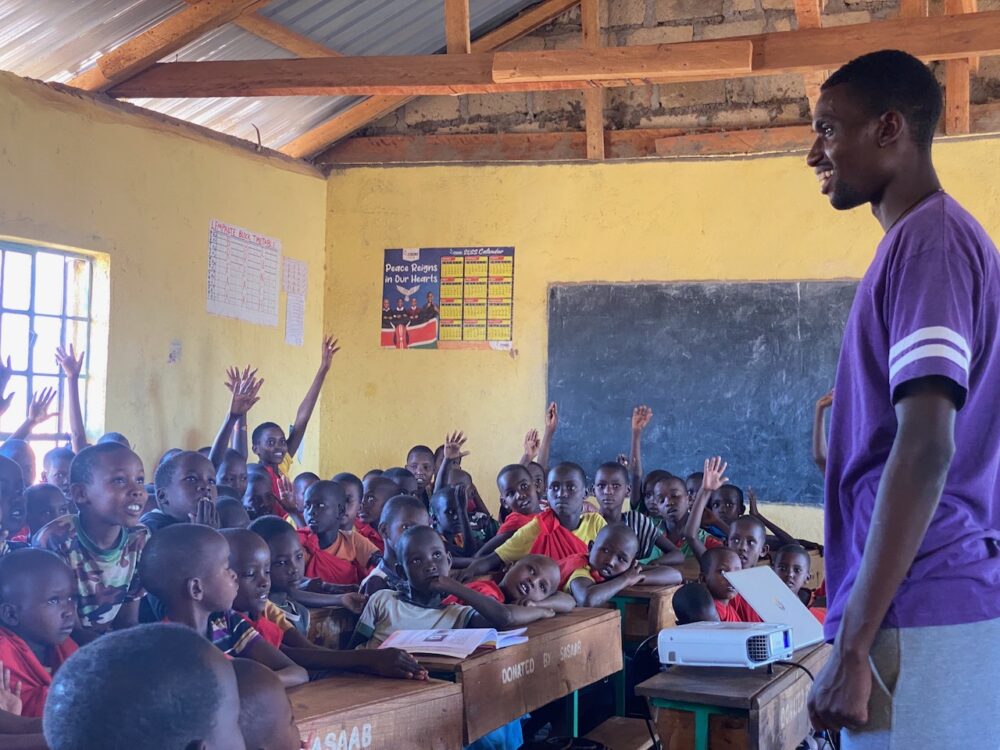Ewaso Lions has helped to grow and maintain a stable lion population within our conservation landscape since our work began in 2007; however, lions worldwide and in Kenya face a significant decline. In the last two decades, their numbers have plummeted by 43%, leaving only about 20,000 remaining. In Kenya, where lions are culturally and ecologically vital, approximately 2,500 lions persist across protected and communal lands. This decline stems from habitat loss, human-wildlife conflict, prey depletion, among other issues. With lion habitat shrinking by 90%, human-lion encounters increase, necessitating ongoing monitoring for informed conservation measures.
Fortunately, technology has emerged as a powerful tool in lion conservation efforts. Telemetry tracking, camera trapping, remote sensing, and the Spatial Monitoring and Reporting Tool (SMART) have revolutionised the way we monitor and protect lion populations.
At Ewaso Lions, we utilise GPS-enabled collars and the SMART platform to monitor lion movements and mitigate potential human-lion conflicts. SMART provides essential analysis tools for collecting and analysing data. Through SMART, we gather valuable data on patrol efforts, conflict incidents, and lion sightings, enabling us to identify areas requiring additional conservation efforts and create conflict and habitat preference maps.

Naramat with her collar in 2020
We have customised the SMART app to include icons and pictures for our team of Warriors and Lion Governors, making data collection more accessible and efficient. In 2023 alone, we conducted 277 patrols, covering approximately 4,138 km, and identified new critical lion corridors and habitat preferences, enhancing our understanding of lion ecology in the region.

Jeremiah, Letupukwa and Lebasha out tracking lions (c) Alfred Simatwa

Patrol data collected on smart phone (c) Alfred Simatwa

Patrol efforts and wildlife observations in 2023
Moving forward, our goal is to expand our coverage, increasing both distance and awareness of critical lion habitat areas, while striving to mitigate lion-human conflicts. With technology as our ally, we are committed to protecting Kenya’s precious lion populations for generations.
In March 2024, Google published an article on how we use Google Earth to protect lions. Click here to read the article.

Matthew and Toby analyse downloaded lion tracks





